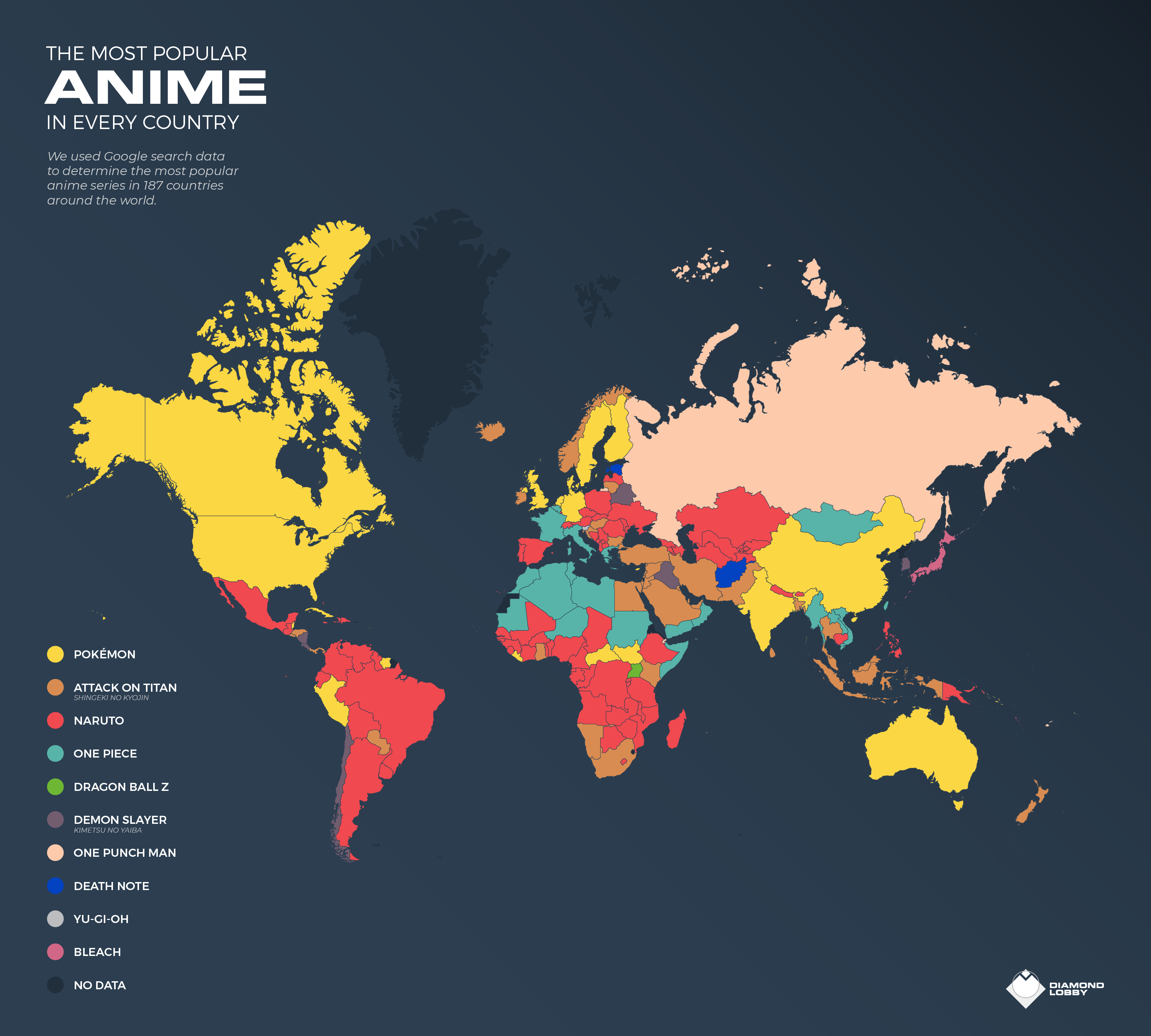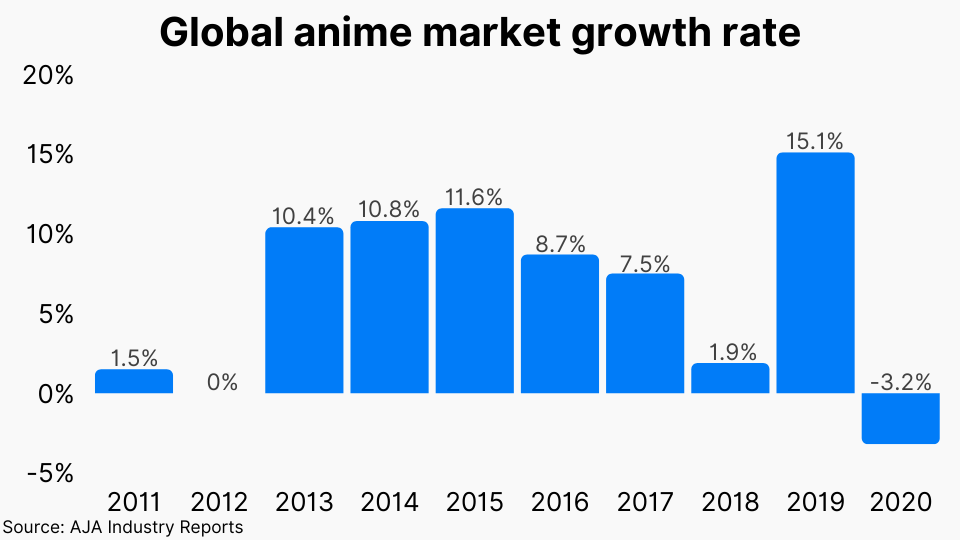The Slow but Steady Growth of Anime Popularity in India
The popularity of anime in India has been growing gradually over the years, though it still faces challenges in gaining widespread mainstream acceptance. Let’s examine some key factors influencing its popularity and explore how Indian viewers are engaging with Japanese animation.
Challenges of Limited Exposure
One of the primary reasons for anime’s slow growth is lack of mainstream exposure through legal streaming sites and television channels in India. While international streaming services like Crunchyroll provide access to new titles, licensing issues restrict many shows. Local content platforms largely ignore anime. Without easy access, most people are unaware of anime beyond mainstream shonen titles like Dragon Ball, Naruto and One Piece. Those without access to illegal streams or fansubs encounter difficulties exploring diverse genres.

Perception as Childish Cartoons
Many Indians perceive anime as just cartoons like Chhota Bheem meant for children. Their belief that anime is akin to Indian animation hinders appreciation of its artistic qualities and genres targeting various demographics. Anime fans face ridicule from friends assuming it to be immature. Changing such entrenched mindsets requires greater exposure to demonstrate anime’s sophistication and appeal to all ages. Proper dubbing could help overcome language barriers augmenting comprehension.
Growth among Urban Youth
While acceptance remains limited nationwide, urban youth are increasingly embracing anime beyond casual viewership. College-going individuals commonly watch anime in their leisure as comfort entertainment or to connect with friends sharing the interest. For some, it serves as an alternative to mainstream Indian cinema and television lacking in novelty, production values or complex storytelling. Social media exposure promoting specific fan communities and discussions aids this trend, especially during the pandemic’s lockdowns.
Popularity of Iconic Shonen Works
Works like Dragon Ball, Naruto, One Piece, Death Note and Attack on Titan achieved immense popularity in India due to their captivating adventure stories and visually impressive battles transcending language barriers. Their worldwide success inspired many Indian youths to sample other Japanese animations following similar high-octane action-packed formulas. This exposed some to various compelling story genres beyond mainstream power fantasies like romance, drama and psychological thrillers expanding their tastes.
Growing Anime Merchandise Market
Corresponding with the increase in anime appreciation, merchandise sales indicate steady growth. Online stores now offer a wide selection of figures, apparel, artbooks and goods featuring popular franchises. While high import duties and taxes remain deterrents, dedicated fandom willingness to purchase authentic officially licensed products shows deepening engagement with the medium. Meanwhile, small local startups also cater to this growing niche market through services like custom art, replicas and anime conventions catering to aficionados.
Acceptance among Creative Communities
Certain creative fields have warmed up more to anime and manga’s storytelling influences. Artists in various visual mediums acknowledge their craftsmanship raising standards for Indian animation as well. Game developers appreciating the gameplay mechanics and universes of titles like Genshin Impact can spur local cross-media projects. Screenwriters observe how they deftly handle complex themes inspiring new scripts. Such acknowledgement from creative individuals may help shift broader opinions on anime possessing genuine artistic merits beyond the prejudices.
In conclusion, while anime faces ongoing struggles for mass popularity in India, the rising appreciation among passionate communities especially urban youth portends steady positive growth. Gradually addressing issues around accessibility and changing mindsets can accelerate this trend, cementing anime as a legitimate storytelling medium with diverse appeal in the country. Increased cross-cultural understanding will be crucial to take its fandom further into the mainstream in the coming years.
